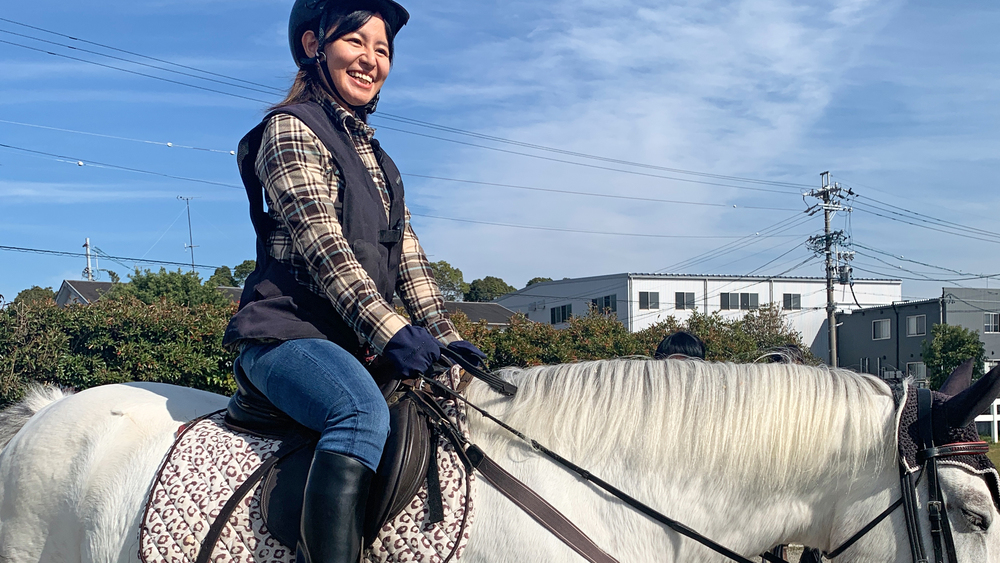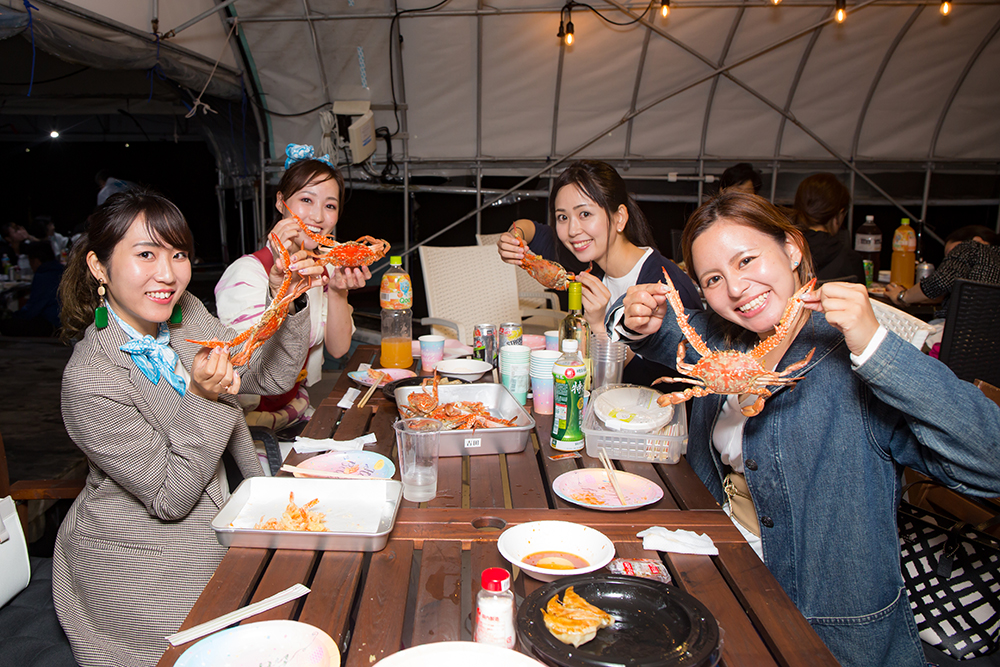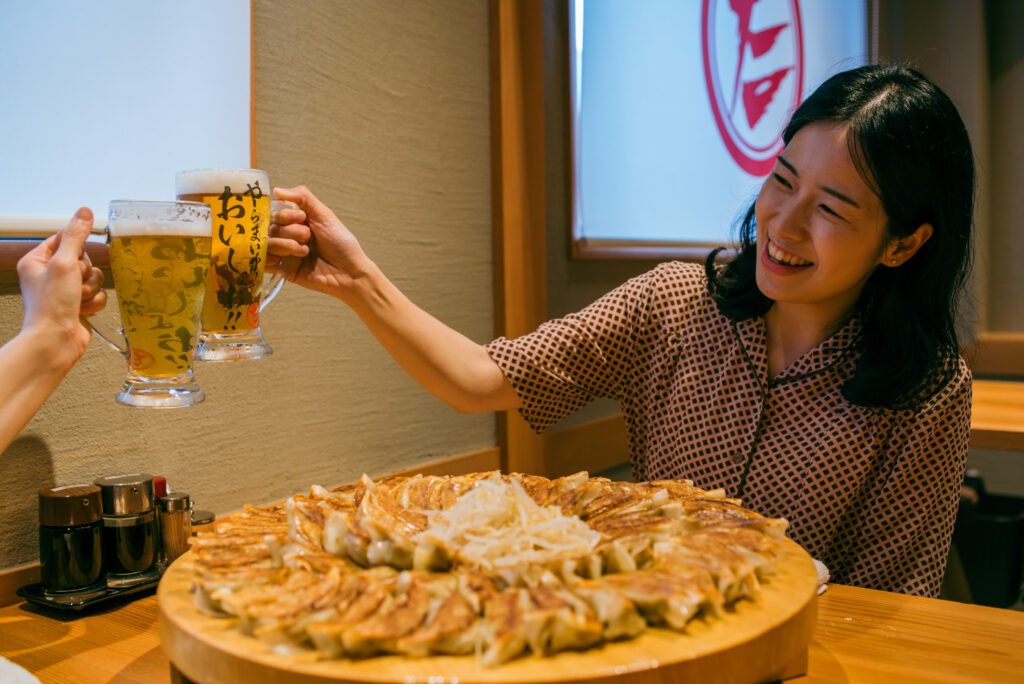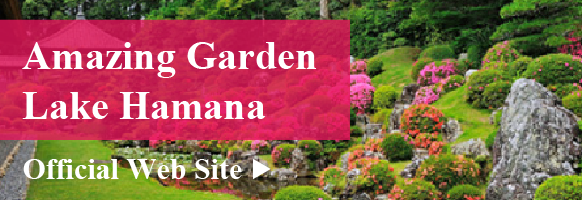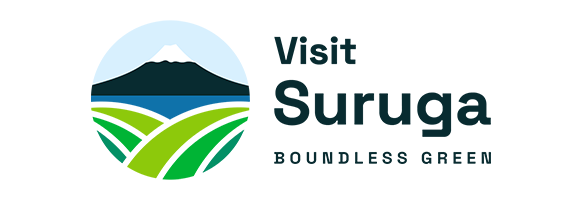Get to Know Hamamatsu
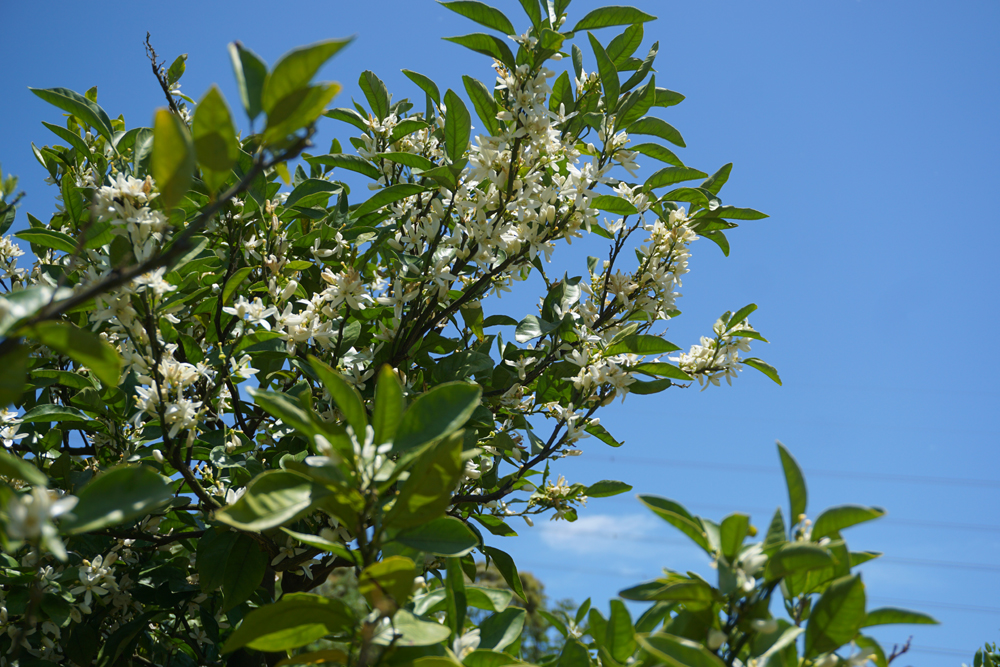
- Watch
Like Aromatherapy?! The Blossoms of Mikkabi Mikan Smell Like Neroli
A friend sent me an envelope with small white flowers and a note: “Mikan blossoms are blooming in Mikkabi.” I first thought the scent was jasmine—but could it be mikan flowers?…
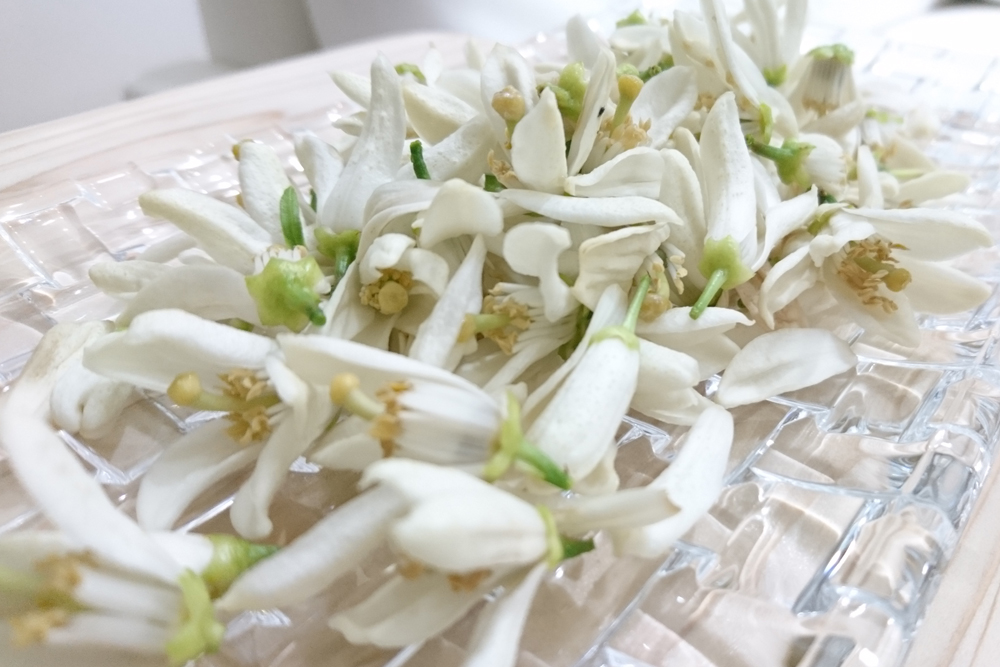
During Golden Week, I received an envelope from a friend that smelled like jasmine.
When I opened it, I found an envelope full of small white flowers, along with a letter that began, “The mandarin oranges have begun to bloom in Mikkabi.” Maybe the scent that I thought was jasmine was actually Mikkabi mandarin orange flowers? I got excited all at once. Of course, I also know about Mikkabi Mikan, a brand that everyone who lives in Hamamatsu knows. It’s my favorite. However, I lived my life without knowing that tangerine flowers were so beautiful and had such a bright fragrance.
The letter continues, “The herb name for mandarin orange flowers is neroli. Neroli is…” I don’t know about tangerine flowers, but I do know about the aromatic neroli.
Aroma has recently become popular not only among women but also among men as a means of recovering from fatigue and maintaining the mind and body. There are many people who use aromatherapy to relax and refresh themselves. Among them, “Neroli” is popular as a natural tranquilizer and the strongest recovery aroma. To be more precise, neroli is extracted from the flowers of the bitter orange (Japanese name: orange), which is one of the many citrus fruits, and because it takes time to cultivate, it is considered one of the rare essential oils and is quite expensive. Neroli, which is said to be a natural tranquilizer, has the effect of balancing excitement and sedation, lifting depressed moods and making you positive, while also calming excitement. Now in May, the same citrus tree, the Mikkabi mandarin orange, is in full bloom in white at Lake Okuhamana, giving off a rare fragrance.

The other day, after the self-restraint period ended, I asked a friend who had sent me a letter to take me to a farm.
The place I visited was "Marukei Farm" located in Shimoona, Mikkabi Town.
We spoke to Mr. and Mrs. Hiroyuki Toyama, the third generation owner with a kind smile and a very friendly manner.
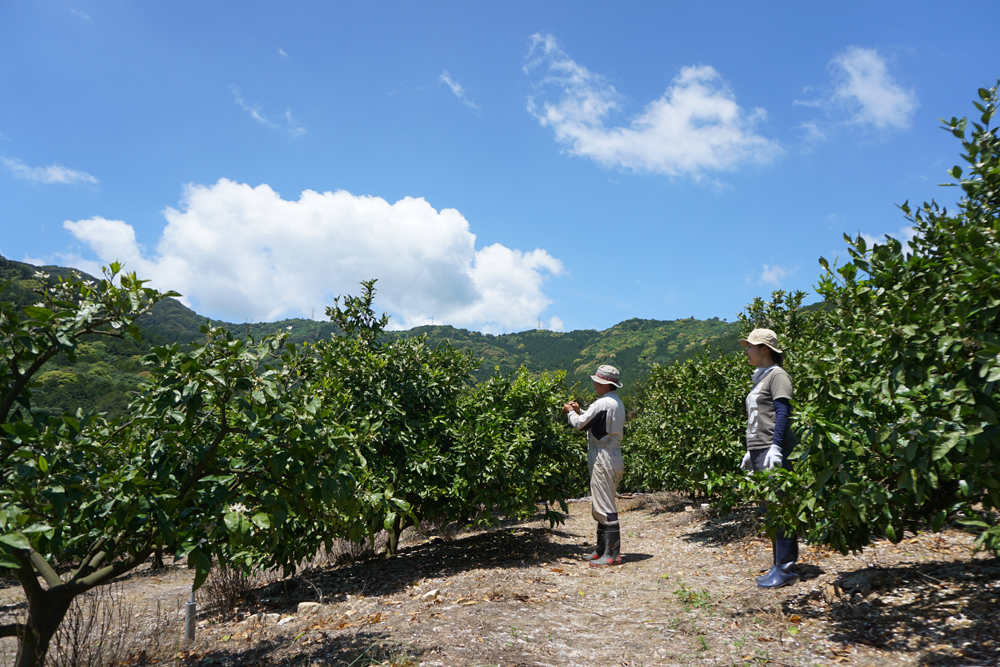

This is my first time entering a field when the oranges are not ripe. On this day, after the rain, the sun was shining brightly and the temperature was high, but the breeze crossing the farm was very pleasant. Since tangerine flowers begin to bloom in early May, many flowers have already fallen to the ground and have passed their full bloom period. Still, as you approach the tree, a gentle scent wafts through the air, and just being there feels soothing. Although it couldn’t be held this year, last year there was an event where everyone distilled the flowers they had picked to make floral water. What a fascinating event. Mr. and Mrs. Toyama and their friends pick as many blooming flowers as they walk.
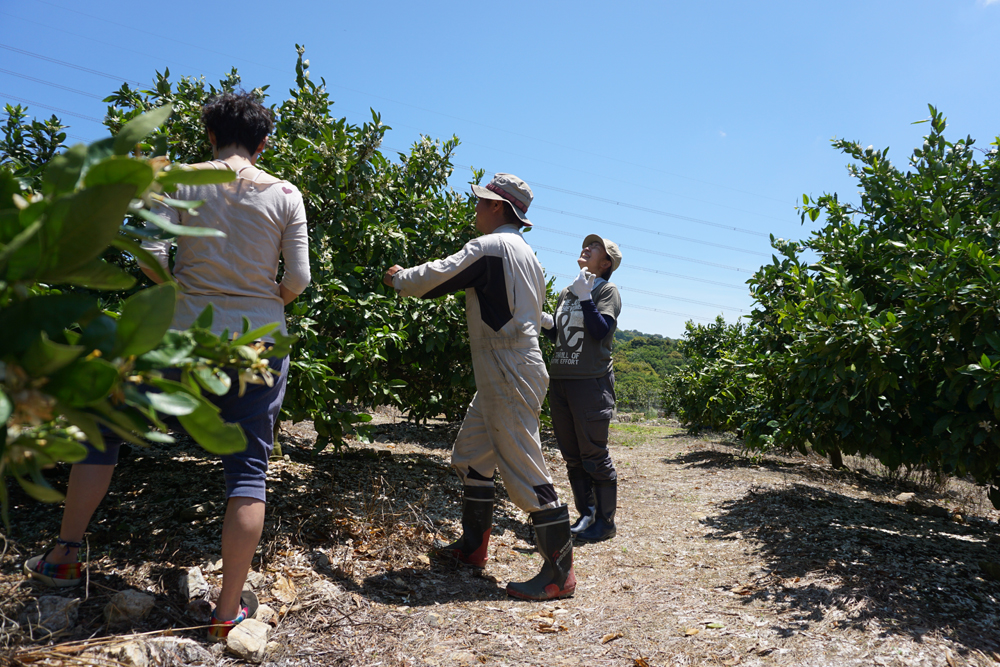
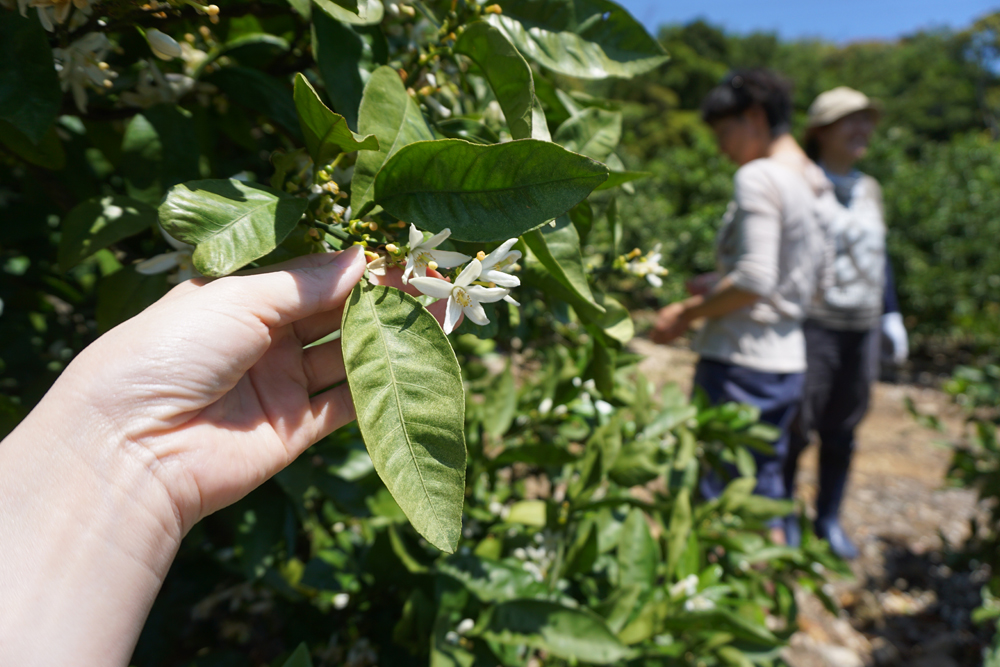
It may seem pitiful to “pick the blooming flowers,” but this is actually a necessary process of thinning out excess buds to improve fruit growth. I was so nervous that there was a bud that I shouldn’t remove, and I couldn’t help it, but she said, “You can pick any of them.” Although there are no buds that should not be removed, there are apparently some buds that should be removed. It is a bud attached to the tip of a new bud. This bud receives nutrients from the new bud and becomes larger by itself. Drop it so it will bear fruit next year.
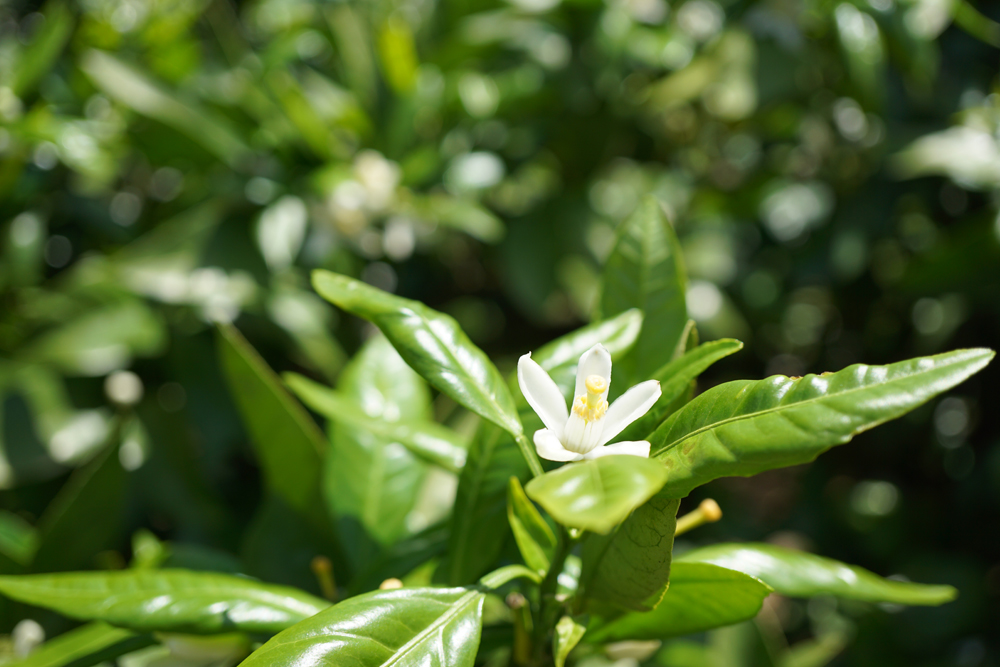
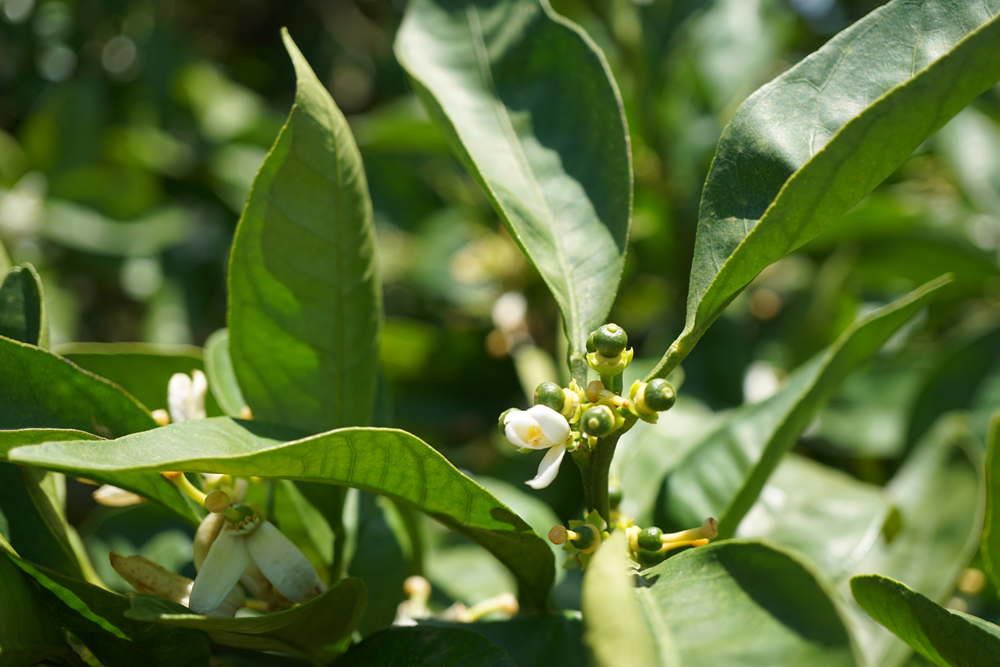
I get excited when I find many flowers that have fallen off and have already turned into small fruits. At first, all the trees looked the same, but I started to see some differences: some had new buds growing, some hadn’t grown at all, and some had flowers blooming only in high places.
Then, you can see that it grows deliciously with a lot of effort. Even though I had only talked to them for an hour, I was hoping for good growth and was starting to worry about the coming rainy season and summer weather.
The scent of neroli seemed to instantly energize me, along with the charm of Lake Oku-Hamana that I had never known before. After the flowers have fallen, there is a process of thinning the fruit starting in June, and I have made an appointment to help with this process. I am someone who hates heat and sunburn.
I’m sure this year’s Mikkabi mandarin oranges will be the most delicious ever.
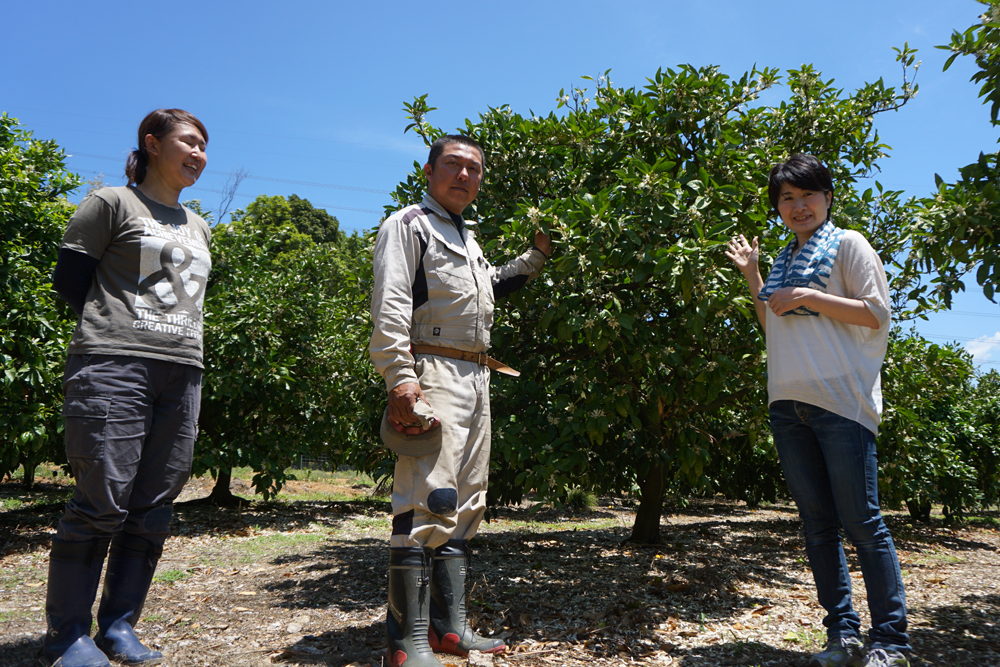
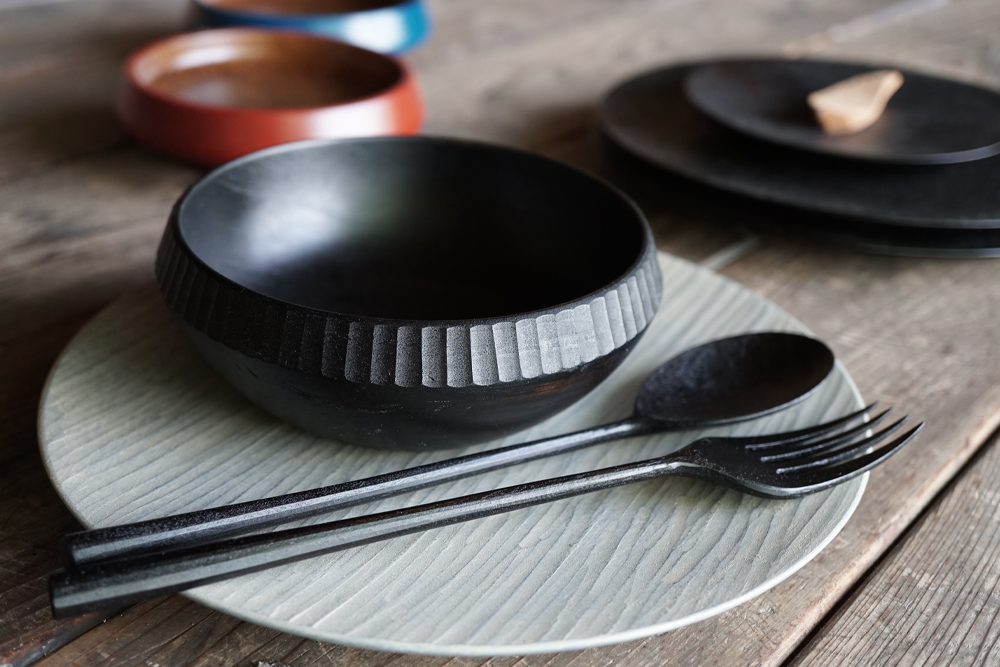
Worth the Wait: Handcrafted tableware from the Mountains of Tenryu
